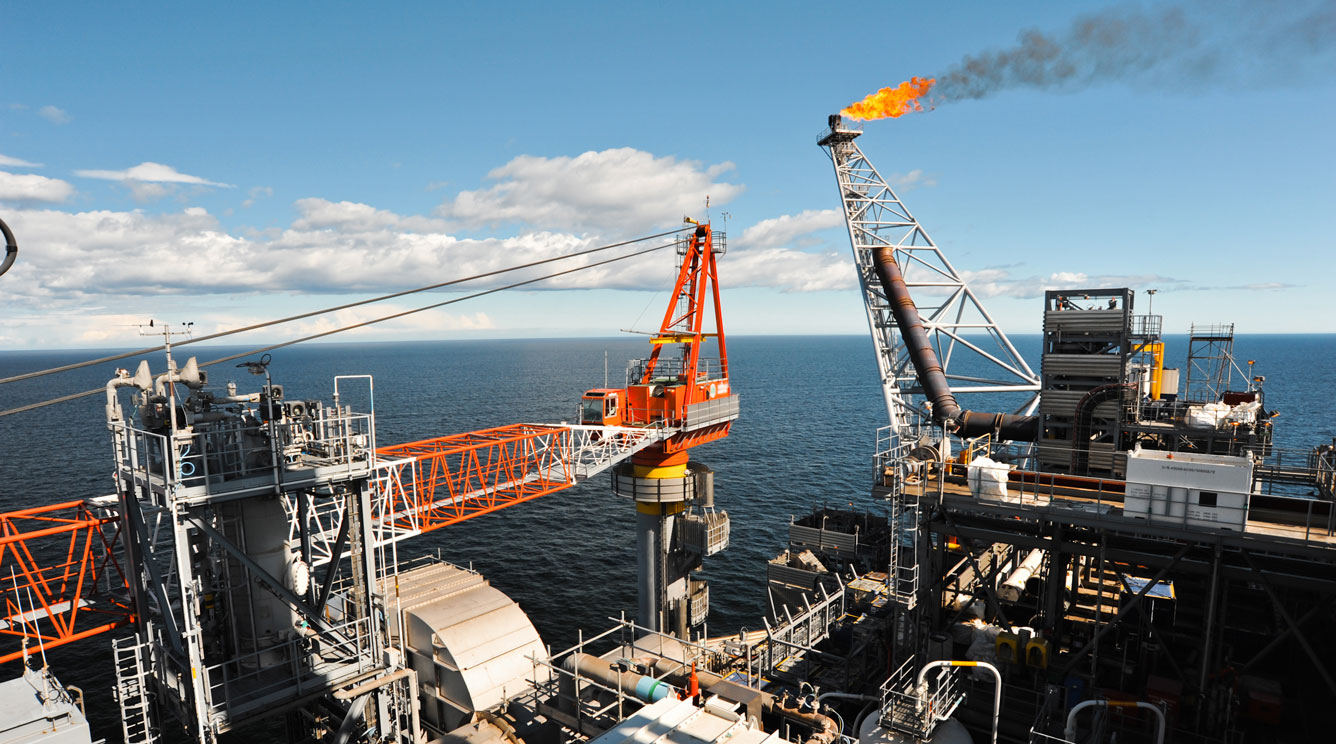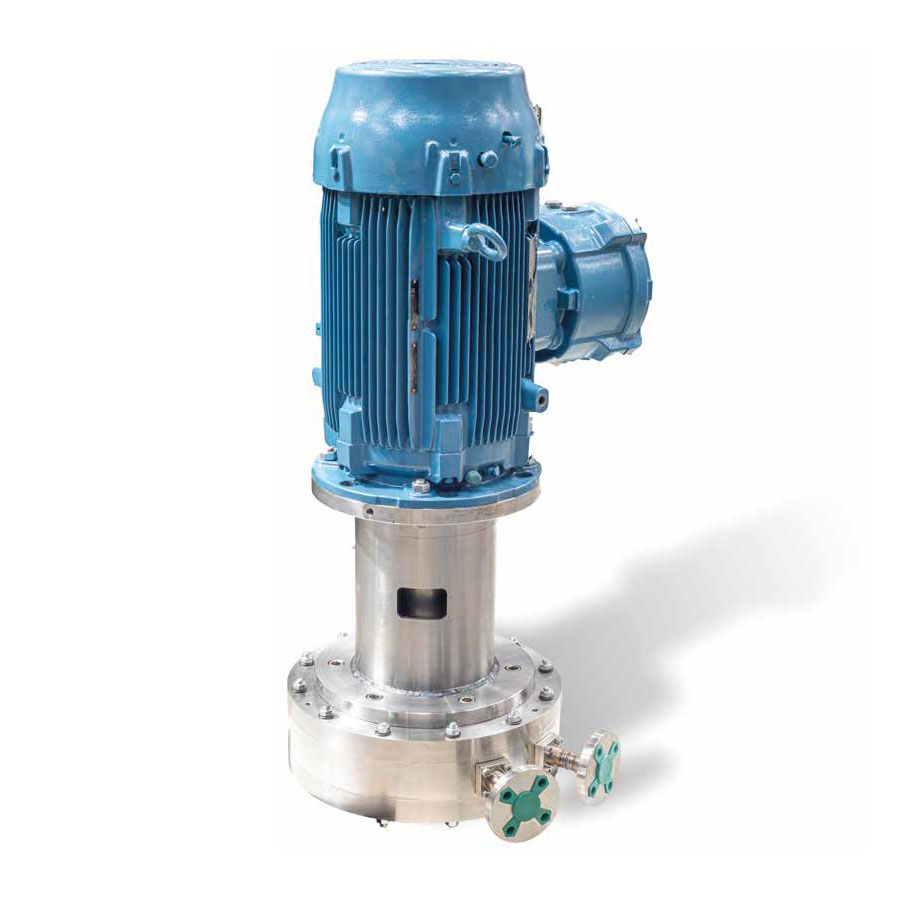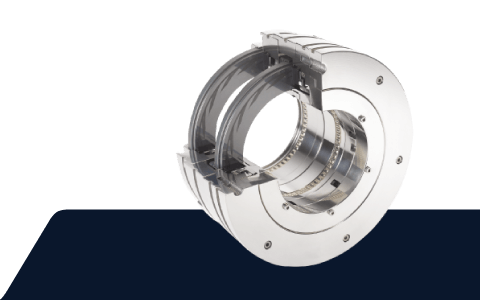
A ground-breaking technology aimed at addressing flaring and venting in oil and gas fields has been launched by UK-based AESSEAL®, in partnership with Torishima Service Solutions Europe Ltd
Gas compressors use mechanical seals, known as Dry Gas Seals, to prevent large-scale leakage of harmful gases. However, some gas still escapes into the atmosphere during operation. Although these amounts may seem minimal, a typical compressor can release over 6,327 tons of CO2e (carbon dioxide equivalent) per year.
Both CO2 and methane are major contributors to climate change, as they trap heat within the Earth’s atmosphere, causing global temperatures to rise. Methane, in particular, is 28 times more efficient at trapping heat than CO2 and is released in large quantities during oil and gas operations, either through venting or flaring.
EcoGuard™ has been developed as a simple and effective way to eliminate emissions from gas compressor drivetrains that use dry gas sealing technology. It can be easily retrofitted to existing equipment or installed on new systems. The EcoGuard™ system captures gas that would typically be flared and boosts it for reinjection into the compressor, where it can be reused as fuel gas, preventing its release into the atmosphere.
The system ensures that high-pressure, clean gas remains in the compressor at all times, keeping the gas seal clean and eliminating the need for venting. Its advanced design includes integrated bearings, magnetic coupling, and patented drivetrain cooling technology, enabling five years of continuous operation without leakage of harmful gases into the atmosphere.
EcoGuard™ works seamlessly with existing gas seal configurations. During normal operation, gas is taken from the compressor's discharge, conditioned, and supplied at a higher pressure to protect the seals. However, during maintenance or standby, pressure drops can interrupt the gas supply, putting seals at risk of damage or failure. EcoGuard™ offers three key applications (Zero Emission Sealing, Vent Recovery, and Mass Venting Avoidance), as detailed in the attached technical sheet.
According to the North Sea Transition Authority, flaring accounts for a fifth of carbon dioxide emissions from UK offshore oil and gas production, and one percent of total UK annual CO2 emissions. Vented gas from offshore platforms contributes about 0.15 percent of total UK greenhouse gas emissions, including around one percent of total methane emissions.
In Scotland, which produces nearly 90 percent of the UK’s oil and gas, over one billion cubic meters of gas was flared in 2019, releasing 2.9 million tons of CO2 equivalent emissions—more than 20 percent of the country’s total.
Chris Rea, founder and group managing director of AESSEAL®, emphasized the environmental and economic wastefulness of flaring.
I would like to turn off these industrial-scale Bunsen burners. They are destroying the planet for my grandchildren. We estimate that approximately 424m³ of greenhouse gases, predominantly methane, are released into the atmosphere during a single venting or blowdown of a gas compressor. A single peak-load compressor may be shut down and restarted up to 40 times per year, so there is an urgent need for a solution to this problem.
The EcoGuard™ system is a collaborative project, with components manufactured in Rotherham and Glasgow, and final assembly and testing carried out at Torishima in Glasgow, UK. This initiative aligns with AESSEAL’s 29by29 pledge, which commits to investing £29 million by 2029 in projects primarily aimed at improving the environment.

Leading the Charge Against Greenhouse Gas Emissions
View the product page
